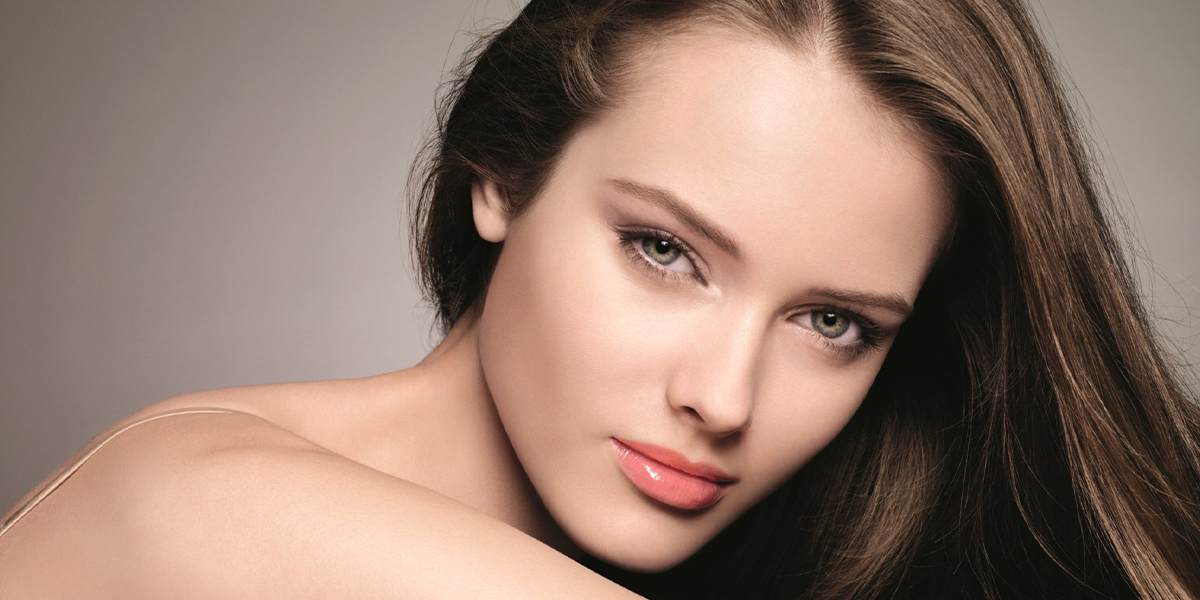
Temple Filler: Maintaining ideal proportions in facial aesthetics requires evaluating not only prominent areas such as the eyes, lips, or chin, but the face as a whole. In this context, one of the often overlooked areas that bears one of the earliest signs of aging is the temple region. Volume loss that occurs in the temples over time disrupts the proportion of the face, causing the eyebrows to droop, the cheekbones to lose their prominence, and a tired expression in the general facial features. One of the most effective and quick ways to correct this condition is temple filler application.
ENT Specialist Prof. Dr. Ozan Seymen, who serves in his own clinic in Istanbul, offers effective non-surgical solutions that aim for a natural and youthful appearance by basing temple filler applications on individual facial anatomy.
What is Temple Filler?
Temple filler is a non-surgical aesthetic procedure applied to fill the hollows that occur in the temple area as a result of aging, weight loss, genetic factors, or excessive use of facial expressions. Hyaluronic acid-based fillers are generally used in this procedure. Hyaluronic acid is a substance naturally found in our body that keeps the skin plump, flexible, and moist thanks to its water-retaining property.
Filler injection adds volume to the hollow temple area, corrects drooping eyebrows, and gives a younger expression to the eye area. It also ensures the integrity of facial features by softening the transition to the cheekbone and cheek area.
Why Does Volume Loss Occur in the Temple Area?
The temple area is one of the areas located on the upper side of the face where subcutaneous fat tissue disappears fastest with age. The main causes of volume loss in this area are:
Aging: Reduction of subcutaneous fat tissue, deterioration of skin elasticity, and changes in bone structure
Weight loss: Especially rapid weight loss in the face area can cause hollowing in the temples
Genetic predisposition: In some people, the temple area may naturally be more hollow even at a young age
Frequently used facial expressions: Intensive use of forehead and temple muscles can accelerate the loss of soft tissue in this area
Smoking and sun exposure: Can cause premature aging and volume loss of subcutaneous tissues
This hollowness in the temples not only leads to an aged appearance but also causes facial features to become unbalanced and the eye area to appear more hollow and tired. Temple filler offers an aesthetic solution that eliminates these negative effects.
Who is Temple Filler Suitable For?
Temple filler is an ideal application for individuals who want to rejuvenate without surgical intervention. People with the following conditions are suitable candidates for temple filler:
- Those with significant volume loss in the temple area
- Individuals with drooping eyebrows
- Those with hollowness and aged expression in the forehead-temple-eye line
- Those with complaints of disproportion or asymmetry in facial features
- Individuals with good skin quality but beginning signs of aging
- Those who are not warm to surgical intervention and are looking for a natural-looking result
Prof. Dr. Ozan Seymen customizes temple filler application according to individual needs by analyzing each patient’s facial anatomy and expectations.
How is Temple Filler Applied?
Temple filler application is a minimally invasive procedure performed in a clinical setting that takes approximately 15-30 minutes. The procedure is carried out with the following steps:
Preparation: The skin is cleaned with antiseptic solutions. If necessary, the procedure is made painless by applying local anesthetic cream.
Marking: The areas where filler will be applied are marked, considering the anatomical structure of the temple area.
Injection: Filler material is injected under the skin with the help of a fine-tipped needle or cannula. Natural volume is added with layered application.
Shaping: The filler is gently shaped by hand to integrate with the face.
Final check: The patient is evaluated in a sitting position after application, and symmetry is provided with small touches if deemed necessary.
Prof. Dr. Ozan Seymen’s experience makes it possible to perform this procedure in a both aesthetically balanced and safe manner.
Things to Consider After Temple Filler
The recovery process after temple filler is quite comfortable, but some precautions should be taken to achieve the desired result:
- Pressure should not be applied to the injected areas for the first 24 hours, and one should not lie face down
- Heavy exercise, sauna, and hot environments like Turkish baths should be avoided on the first day
- It is recommended to take a 12-hour break from makeup
- Drinking plenty of water helps hyaluronic acid to stay in the skin longer
- If bruising occurs, cold compress can be applied as recommended by the doctor
Prof. Dr. Ozan Seymen guarantees the best results both aesthetically and functionally by providing his patients with individualized information and follow-up plans after the procedure.
How Long is Temple Filler Effective?
The permanence of temple filler application varies depending on the type of filler used, the patient’s metabolism, and lifestyle. It is generally effective for between 12 and 18 months. With some special fillers, this period can extend up to 24 months. Applications repeated at regular intervals increase the permanence of the effects.
Advantages of Temple Filler
- It is a non-surgical, stitch-free, and incision-free application
- Offers the possibility of immediate return to daily life
- Gives a more vibrant and bright appearance to the eyebrow and eye area
- Balances facial features and rejuvenates general expression
- Filler material is naturally absorbed by the body over time
Risks and Possible Side Effects of Temple Filler
As with any medical application, temple filler procedure may also carry some risks. However, when done by an expert physician, with the right technique and in sterile conditions, these risks are quite low. Some side effects that may be seen:
- Temporary redness, swelling, and bruising at the injection site
- Rarely asymmetry
- Allergic reaction (quite rare)
- Vascular occlusion (can be prevented with specialist physician intervention)
Prof. Dr. Ozan Seymen minimizes such complications by performing filler procedures with mastery of facial anatomy.
Is temple filler painful?
The application is made painless with local anesthetic cream. The procedure is quite comfortable.
Is temple filler permanent?
No. It maintains its effect for an average of 12-18 months. It can be reapplied later.
Does temple filler change facial expression?
Your expression does not change; on the contrary, you gain a younger and more vibrant appearance.
Does it leave a mark after the procedure?
No. Since the application is done with a needle or cannula, it does not leave a mark.
Temple filler is a fast, safe, and effective aesthetic solution that ensures the completion of aesthetic appearance by restoring volume to the upper side of the face. It supports the position of the eyebrows, rejuvenates the eye area, softens the cheekbone transition, and adds balance to facial features. It has become a frequently preferred procedure in the field of aesthetics thanks to being non-surgical, its quick applicability, and providing natural results.
ENT Specialist Prof. Dr. Ozan Seymen, who serves in Istanbul, offers special, natural, and balanced results to each of his patients by combining scientific evaluations and aesthetic proportions in temple filler procedures. If you also want to rejuvenate your facial expression, get rid of temple hollowness, and gain a more vibrant appearance; you can receive individual consultancy by contacting Prof. Dr. Ozan Seymen.





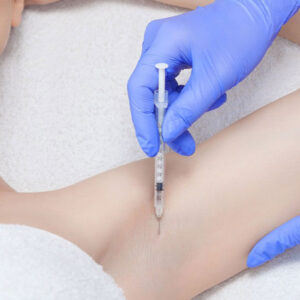
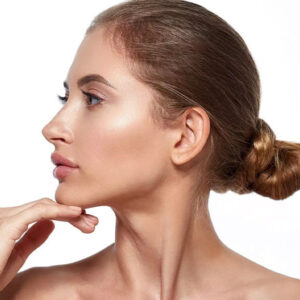
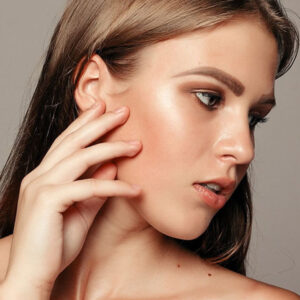
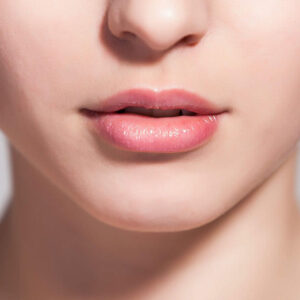
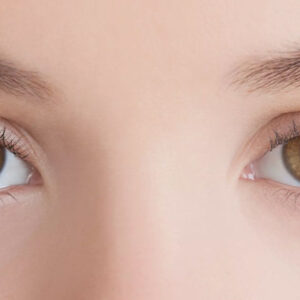
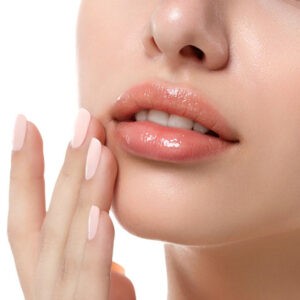

 Türkçe
Türkçe Français
Français Deutsch
Deutsch
